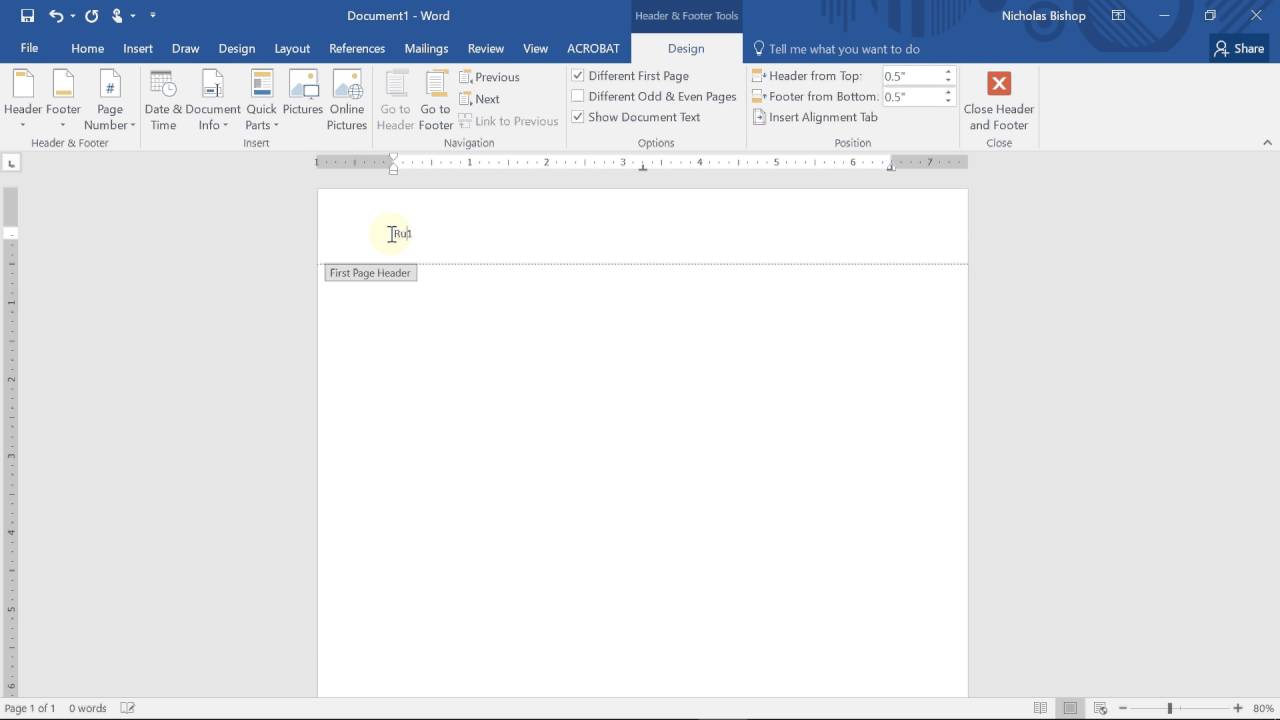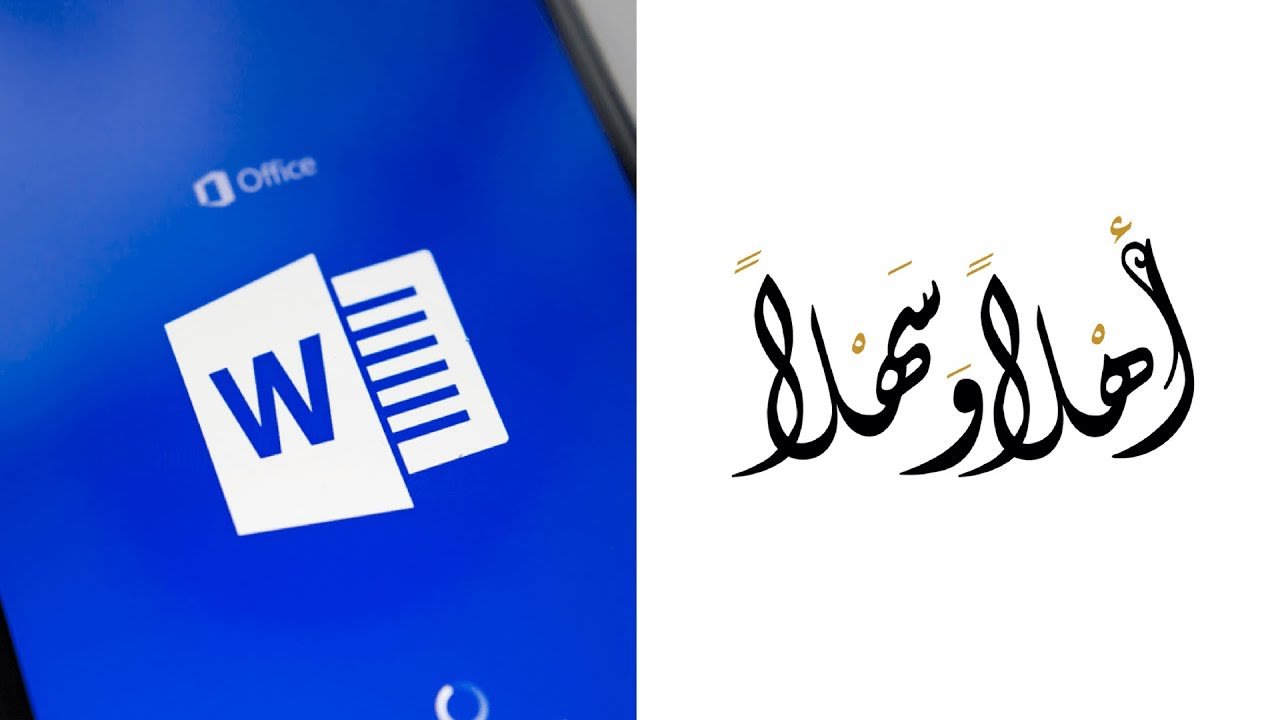


About the only thing we like in Word for Mac that the Windows versions do not support is CMYK colours. Word for Windows has many features that Word for Mac does not. Word you believe, Word for Mac 2011 does not have a print preview function! Summary This is very useful when dealing with designers, who tend to use CMYK colours. Office for Mac supports RGB, CMYK and HSB colours. Office for Windows only supports RGB colours. Whilst Office for Mac 2011 does allow you to apply themes to documents you cannot create or edit the theme colours, fonts or effects. Themes make it much easier to create documents and templates that are consistent and “on brand”. A Theme can include a set of colours, fonts and effects. Office 2007 for Windows introduced themes. Word for Mac 2011 does not support Quick Parts, only AutoText. Quick Parts can be used a bit like AutoText in previous version but also offers new and extended functionality. Word 2007 for Windows introduced Quick Parts. Word for Mac 2011 does not support content controls. This is very useful, for example, for linking titles and text on a cover page with a header or footer in the rest of the document. Control controls can be linked so that changing the content of one control automatically updates the content of all linked controls. There are content controls for text, images, lists and check boxes. Word 2007 for Windows introduced content controls. Word 2011 menu, toolbar and ribbon Content controls for Word Office for Mac 2011 has no equivalent to Backstage view. It is often confusing trying to find commands and not obvious when to use the ribbon or the menu. It’s a very cumbersome combination. Office for Mac 2011 applications have a mixture of a traditional menu and toolbars and a non-customisable ribbon. Backstage view is where you save, open, close, print and generally manage what to do with files. Office 2010 for Windows introduced Backstage view, accessible by clicking the File tab of the ribbon. The ribbon is also customisable by developers using XML. All commands can be accessed via the ribbon and the QAT, as the name suggests, provides quick, single-click access to the most often used commands.
Header and footer in word mac 2011 update#
Although right-click Update Field (cmd-shift-option-U) appears to offer to only update one field, it updates them all. Note one difference between WinWord and MacWord: In MacWord, F9 updates all fields, including those in the header and footer. The QAT is readily customised by the user. You can also access many commands by right-clicking or control-clicking on a field. The ribbon is customisable by the user, although few do. Since Office 2007 for Windows, menus and toolbars in applications have been replaced with the ribbon and the Quick Access Toolbar (QAT). Ribbon, menu, toolbars and Backstage view However, all is not as it appears and we have found a number of issues that makes it difficult for users to swap between systems and to develop documents and templates for both the Windows and Mac platforms. By and large files are interchangeable between applications. Superficially Word for Mac 2011 appears very similar to Word for Windows 2010/2013. New versions of both are due to be released in late 2015 and, who knows, they may even get the same version name! The latest versions of Microsoft Office for Windows and Mac are, respectively, Office 2013 and Office 2011. Microsoft Word for Windows versus Word for Mac


 0 kommentar(er)
0 kommentar(er)
